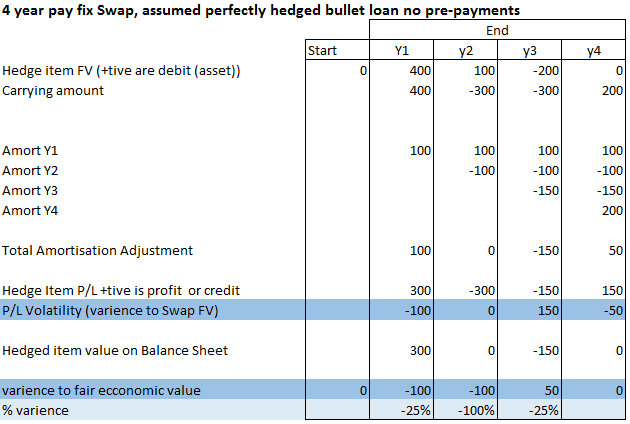Introduction
The ALMIS® Hosted platform, offered in partnership with Microsoft Azure, has been available to clients for several years. A significant proportion of our client base is now on ALMIS® Hosted, with uptake increasing steadily. Another well-established trend is the increased focus on information security, driven in part by heightened regulatory focus. We have therefore conducted a review of our Hosted offering, with an emphasis on security and resiliency. The outcome of the review is an upgrade to the ALMIS® Hosted platform which is now available to existing hosting clients, roll out starting w/c 19 August 2019 and is expected to complete in Q4 2019.
New/refreshed objectives
The basic benefits remain unchanged: matters such as infrastructure, software installation, server maintenance become our responsibility, leaving our client’s IT resource to concentrate on other business activities. In developing the new platform, we are delivering various additional benefits, in particular several new security features: SSL encryptions for data-in-transit, BitLocker encryptions for data-at-rest, market leading AI-powered Endpoint protection with synchronised heartbeat, malware scanning, file and boot record protection, exploit protections and active adversary mitigations.
Technical spec
Using the fastest CPU and storage currently available on Azure, the new platform can deliver material improvement in computational speed and file handling. A detailed technical specification can be made available on request.
Cost considerations
The new platform has been designed to be fully scalable, to meet clients’ changing requirements. The pricing model, based primarily on user count, reflects this scalable approach. Full details are available on request.
Conclusion
Compliance is constantly uppermost in the thinking at ALMIS® International, and we regard this upgrade as an essential step in that context. The roll out of course comes at the same time as various other major developments for ALMIS®/Cobalt® clients this year, not least MO+® and FO+: RR®. This is all part of our determination to offer clients the best comprehensive offering of ALM and related solutions in the domestic market.










